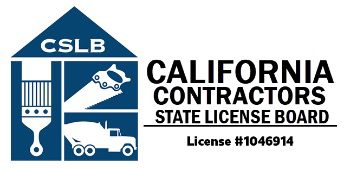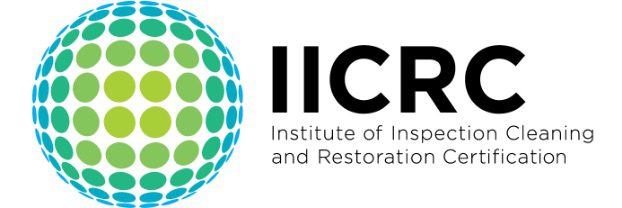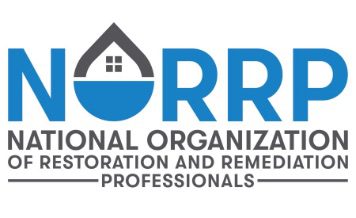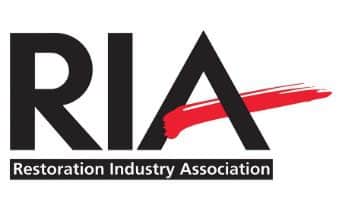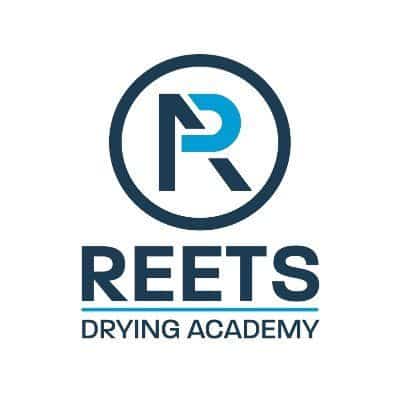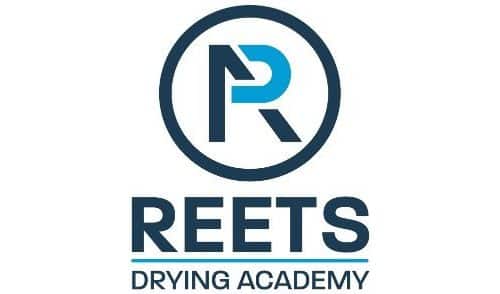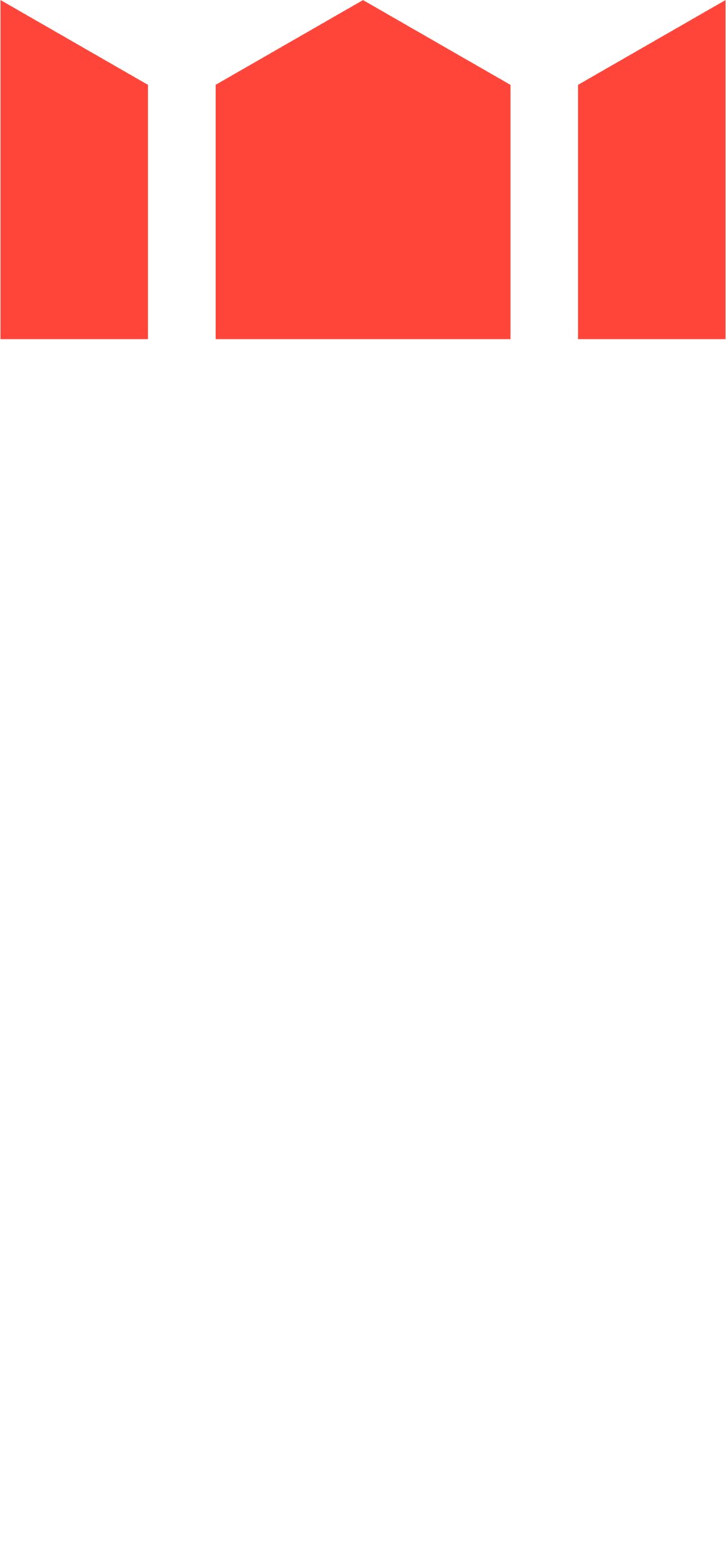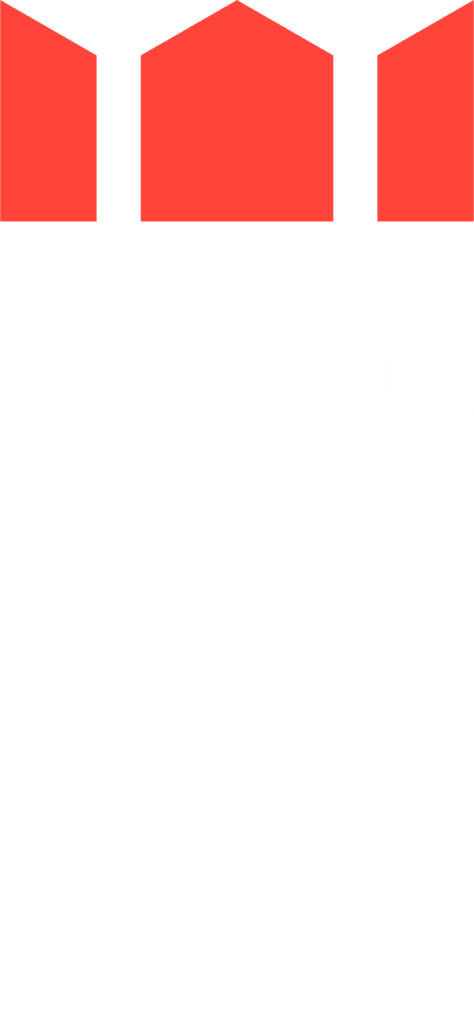The Smoke Damage Restoration Process
The Smoke Damage Restoration Process
Smoke damage typically occurs when the odors or ash from the smoke and fire have damaged your property – such as walls, insulation furniture, or carpets. Smoke and ash can continue to damage property through corrosion if not cleaned properly. Additionally, the smell from smoke damage can also linger after a fire and may pose health risks to humans and animals. Since smoke damage can occur within just a couple of hours, it’s important to call a professional as soon as possible to mitigate property damage and health issues for its inhabitants.
What are the most common types of smoke damage?
There are five different types of smoke damage that can occur in your home or business because of a fire. It’s important to note that many of these damages cannot be cleaned without professional help and equipment.
Wet Smoke Damage
Wet smoke damage occurs when burning plastic or rubber materials that have very little flames, AKA low-heat, creates thick black smoke. This type of smoke damage leaves behind a very strong odor and a thick residue that is extremely difficult to clean without specifically designed equipment.
Protein Smoke Damage
Protein smoke damage occurs when organic matter is evaporated in a low heat fire. This is a common occurrence with kitchen or stove fires. It will often leave smoke residue and stains, and food odors on all surfaces that are nearby.
Complex Fire Smoke Damage
Complex fire smoke comes from burning a combination of natural and synthetic items that are commonly found in all homes. This will cause a thick greasy yellow residue as well as synthetic smoke odors on surfaces and walls in the home.
Dry Smoke Damage
Dry smoke damage is typically caused by a high-temperature fire that is fueled by natural substances like wood, paper, trees, and bushes. The fine ash that results from this type of fire can be found in every nook and cranny of a home. The ash can even penetrate inside the home when the fire is outside and land on any and all surfaces!
Oil and Fuel Smoke Damage
Oil and fuel smoke damage is also called petroleum residue. This type of damage is less common in homes or businesses unless there are petroleum products present at the time of the fire. The residue is very difficult to clean and has a very strong odor that will almost always ruin upholstered items.
What does the smoke damage restoration process look like?
So how is smoke damage restored? The smoke damage cleanup process can take several steps to completely rid your home of ash and odors. The removal of soot and smoke can be dangerous and toxic, so it’s always best left to professionals to get your home back into working order. If you’ve experienced smoke damage in your home due to a fire or other event, here’s what you can typically expect.
1. Assessing the smoke damage
Once you call a smoke damage expert like Dry Kings, they will determine the resources, equipment, and personnel required for your specific situation. They’ll send out a team of professionals to assess the damage as soon as possible since smoke damage can spread quickly.
2. Removing contaminated air
Upon arrival, the smoke damage restoration experts will typically open all windows and place box fans throughout in order to properly vent the contaminated space. HEPA air filters are also used to help clean the air of any smoke particles and dust that are not visible to the naked eye. This will help prevent the structure from further damage and reduce any potential health hazards. In addition, dry cleaning sponges are used to remove any loose smoke particles from the furniture, appliances, and any other building surfaces.
3. Cleaning and sanitizing the affected surfaces
Professional-grade chemicals are typically used to deep-clean the affected surfaces (i.e. ceilings, walls, and floors). HEPA vacuuming is used to suck micro-smoke particles out of carpets and upholstered furniture. This helps prevent any soot or ash from being blown back onto surfaces that have already been cleaned.
4. Washing salvageable items
Any washing materials in the home or office like curtains, clothing, or bedding can be washed with a special alkaline cleaner to neutralize acids and eliminate odors.
5. Removing or repairing non-salvageable items
Unfortunately, some items damaged by smoke may be beyond repair. Common items that may need to be removed or replaced after smoke damage are drywall, insulation, flooring, doors, ventilation, and fixtures.
6. Final cleaning of the affected structure
Once all items inside the home or business are properly cleaned, the exterior of the structure is cleaned with a pressure washer to ensure that all soot and ash have been removed and are unable to penetrate the inside of the affected structure.
Learn more about smoke damage restoration
Give the smoke damage restoration experts at Dry Kings a call today!
It’s important to call a professional like Dry Kings to properly remove, clean, and restore items in your home that have been affected by smoke damage. At Dry Kings, we are committed to excellence, and we will make sure that your home is safe, healthy, and clean after sustaining smoke damage of any kind. Contact us today and let us do the job right for you!
Contact
More News
Newsletter
Sign up and receive valuable tips to help you protect your residential building or commercial property from damages.
Awards
